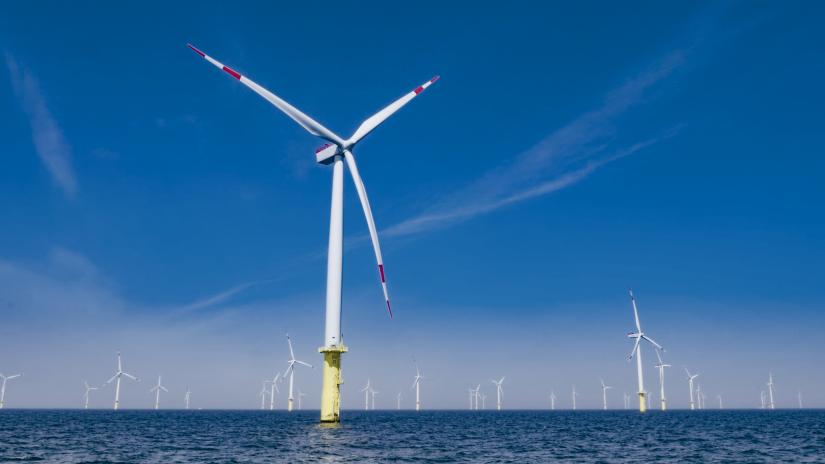A global boom in offshore wind projects and decreasing costs prompted this project, the first significant review of offshore wind in Australia for almost a decade.
The research aimed to properly understand the feasibility and potential for offshore wind in Australia, and to identify any barriers to its large-scale development. Going further, the research looked at the role offshore wind might play in a just transition to renewable energy, identifying opportunities to incorporate existing infrastructure and create jobs for coal, gas and mining workers.
Working in partnership with a cluster of research centres and trade unions, ISF researchers produced a report informed by a desktop review, resource mapping, bespoke modelling and survey data.
The report located good sites for offshore wind in Queensland, New South Wales, Victoria, Tasmania, South Australia and West Australia, all close to transmission grids and with potential to produce a high capacity of energy.
At critical sites for energy generation such as Newcastle, Gippsland and Gladstone there were strong winds offshore at times of low onshore wind and solar generation, which would help maintain a consistent supply of renewable energy.
Other key findings included:
- A regulatory regime for the development of offshore renewable energy in Commonwealth waters needs to be established and should consider including marine allocation of space for offshore renewable energy projects.
- Offshore wind should be incorporated into national and state energy planning, which is not currently the case.
- Offshore wind should be incorporated into planning for the National Hydrogen Strategy and ‘Energy Superpower’ scenarios. If Australia is to become an ‘Energy Superpower’, offshore wind could be an important source of power located adjacent to many ports and industrial facilities.
- Strategic investment in offshore wind should be considered by Federal and State Governments, as seen by the Clean Energy Finance Corporation and Australian Renewable Energy Agency to accelerate large-scale solar, to assist in de-risking and developing local offshore wind.
- Offshore wind can develop into a significant source of employment for offshore oil and gas workers and allow for diversification of coal export ports and employment in coal regions.
- Detailed research is required to assess cost-benefits of offshore wind to energy, environmental and social systems.
MEDIA
Offshore wind could make Australia an energy superpower - The Conversation, August 2021
Offshore wind farm projects in the pipeline to accelerate new renewable energy sector - ABC South East SA, September 2021
The Answer my friends is a good Blowing Wind - 2SER radio The Wire, July 2021
Unions call for more offshore wind support - Energy Magazine, July 2021
Report: Australia Could Become an Offshore Wind Powerhouse - Maritime Executive, July 2021
Australia has huge potential to develop offshore windfarms near existing substations, report says - The Guardian Australia, July 2021
Report identifies Hunter coast as a potentially suitable location for new wind farms - Newcastle Herald, July 2021
-
Associate Professor and Research Director
-
Research Director
Year
- 2021
Location
- Australia
Clients
- Blue Economy Cooperative Research Centre
- Maritime Union of Australia
Partners
- Department of Industry, Science, Education and Resources
- CSIRO
- Saitec Offshore Technologies
- Electrical Trades Union
- Australian Maritime Workers Union
- Australian Council of Trade Unions (ACTU)





